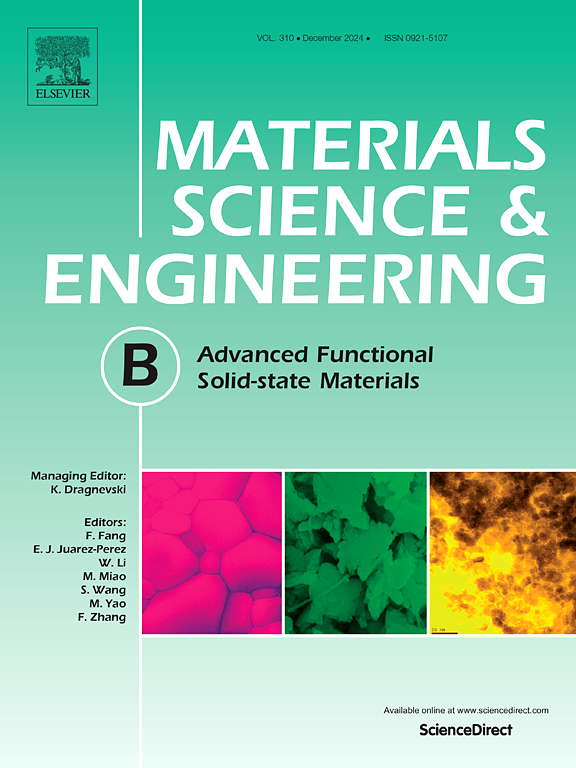Efficient photocatalytic degradation of pharmaceutical pollutants using CZTS nanoparticles
IF 3.9
3区 材料科学
Q2 MATERIALS SCIENCE, MULTIDISCIPLINARY
引用次数: 0
Abstract
Pharmaceutical and antibiotic effluents pose environmental risks, including water pollution and antibiotic resistance. This study investigates an eco-friendly nanotechnology approach using irradiated and non-irradiated Cu2ZnSnS4 (CZTS) nanoparticles (NPs) for wastewater treatment. CZTS NPs were synthesized via a one-step hydrothermal method. X-ray diffraction confirmed their tetragonal kesterite structure, while optical analysis indicated a 1.74 eV band gap. Photoluminescence spectroscopy showed a peak at 801 nm, suggesting minimal electron-hole recombination. HRTEM and FESEM confirmed spherical NPs (5–10 nm), and EDAX/XPS verified elemental composition and oxidation states. Photocatalytic degradation of pharmaceuticals, including linezolid, was optimized for pH, temperature, time, and agitation. Optimal conditions (pH 7, 45 °C, 120 RPM) achieved up to 86.97 % degradation. Radical scavenging assays confirmed hydroxyl and proton radicals’ involvement. CZTS NPs showed enhanced reusability, with degradation efficiency increasing from 49.09 % to 80.08 % over three cycles, demonstrating their potential for sustainable wastewater treatment.

求助全文
约1分钟内获得全文
求助全文
来源期刊

Materials Science and Engineering: B
工程技术-材料科学:综合
CiteScore
5.60
自引率
2.80%
发文量
481
审稿时长
3.5 months
期刊介绍:
The journal provides an international medium for the publication of theoretical and experimental studies and reviews related to the electronic, electrochemical, ionic, magnetic, optical, and biosensing properties of solid state materials in bulk, thin film and particulate forms. Papers dealing with synthesis, processing, characterization, structure, physical properties and computational aspects of nano-crystalline, crystalline, amorphous and glassy forms of ceramics, semiconductors, layered insertion compounds, low-dimensional compounds and systems, fast-ion conductors, polymers and dielectrics are viewed as suitable for publication. Articles focused on nano-structured aspects of these advanced solid-state materials will also be considered suitable.
 求助内容:
求助内容: 应助结果提醒方式:
应助结果提醒方式:


